Will the Denon SC5000 become the industry standard player?
After playing on the Denon SC5000 prime and X1800 mixer, to plan and create a short club routine, we thought it best to give our overall opinion on whether it deserves a place in DJ booths around the world. Let’s compare the new players from Denon with the industry standard Pioneer CDJ range.
Denon DJ SC5000 vs Pioneer CDJ 2000 NXS/NXS2
The Denon SC5000 sure has caused a stir in the DJ industry recently. With Denon struggling to get their hold back in the DJ market for so many years they have now decided to go full force against Pioneer DJ and try to shake up what has become industry standard. It’s no doubt that Pioneer DJ have dominated DJ booths around the world, but has that come to an end?
Firstly a huge thanks to Bop DJ for letting us borrow the equipment to review and have a play with. Watch the video below to hear our thoughts. Then read on for a more in depth comparison between the Denon and Pioneer players/CDJs.
The Feature Showdown!
The 7” Touch Screen Display
There is something so fitting about basically having an iPad on the top of a DJ player. Technology is advancing at such a pace and we’re all so used to the touch gestures we use on a daily basis. It’s only a natural progression to add that to the DJ set up.
I personally am not a fan of having performance features such as hot cues or loop functions built into touch screen functions like that on Pioneer’s XDJ 700 and XDJ 1000s. I like to have tactile buttons for my performance tricks and techniques however it is way more convenient when it comes to navigation being able to touch, swipe and pinch the screen. It genuinely feels like there is a computer on board the Denon SC5000… and that’s because there is!
1 Point to Denon
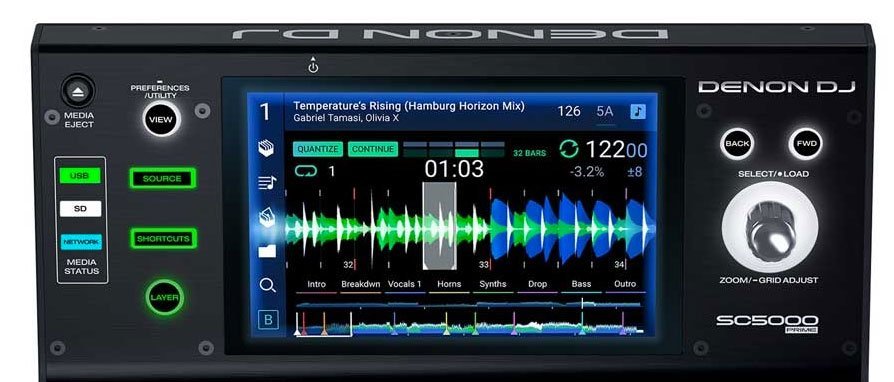
The Performance Pads
The next feature I really loved when having a go on these players were the performance pads. Having access to all 8 hot cues and another 8 saved loops is amazing! Pioneer currently only offer 8 hot cues and loops combined in their latest offering, the CDJ 2000 NXS2. One downside to Denon however is that the hot cues and saved loops are in two different pad modes. With Pioneer you can have a hot cue and a saved hot loop right next to each other. For creative purposes I prefer Pioneers design over Denon’s but I would love to see 8 pads rather than two banks of 4 hot cues on the Pioneer CDJ/XDJ range.
Something else to note about Denon’s saved loop feature is that the pads work as a toggle switch, turning the loop on and jumping to it. Then another hit of the pad deactivates the loop. With Pioneer CDJs every time you hit a hot loop it jumps to that point and activates the loop.
It’s an equal round, they both have pro’s and cons

Data Storage and Music Analysis
Denon boasts 3 USB slots and an SD card slot. That’s a lot of storage to choose from. I like it! Why shouldn’t we have more than one USB slot. This makes your changeover even simpler. We all know how terrifying it is ejecting somebody else’s USB when taking over from another DJ in the club. Have you got the right side, is it the linked USB or not? This eliminates that problem!
Denon’s analysis seems to be on a par with Rekordbox from the few hours I’ve spent using it. Both seem to struggle getting the grid placed on the downbeat when analysing Hip Hop, R&B or anything that’s not got a straight 4×4 kick drum. Either way, both programs and players allow you to edit the grids with ease. Denon has the ability to halve or 2x the bpm value on the payer itself which is a nice touch but not an overall selling point.
Something that Denon do win over Pioneer with, is the players ability to analyse files that haven’t already been analysed. With Pioneer you’re going to have to put everything through Rekordbox first. With Denon you can run your music through Engine Prime (Denon’s analysis software) or just put it straight on a USB and let the player analyse the tracks as you go along. Click here to find out more about Denon’s Engine Prime software!
Again its a pretty equal round however Denon edges it. 1/2 Point to Denon
The Winning Feature
Two words… Dual Layer. The dual layer mode that Denon’s players have to offer is what really makes these players stand out over Pioneer’s current line up for me. We only actually had one player in the studio and we managed to perform a DJ set comfortably. This is groundbreaking for a standalone player and something that Pioneer should really be thinking about if they want to stay relevant.
Literally one touch of a button you have a whole new deck to work with. The two outputs from the back of the player easily plug into any mixer. Yes it can be confusing as to which deck you’re actually using, is it the left, is it the right? I do find it weird playing off one deck with two different tracks but it’s still amazing and something you would very easily get used to.
Imagine, in most clubs the resident DJ rocks up and has two CDJs and a mixer. If you don’t have the luxury of having a rider then you get what you’re given. A 3rd or even 4th CDJ is a rarity. Now imagine rocking up to a club and it still only has two players however you can now mix on 3 or 4 channels without the need for the club to hire or buy any extra equipment. This will force resident DJs to get more creative with their mixing, meaning a win for both the DJ, the crowd and even the club owners.
2 Points to Denon
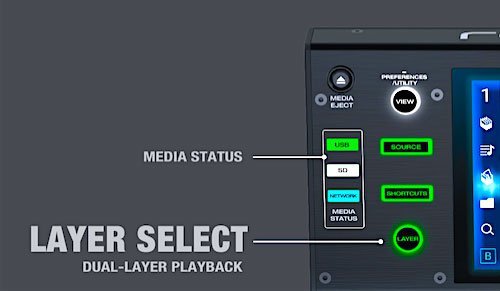
Is the player worthy of being in clubs?
In short, YES. It feels well built, but only time will tell if it is. Something we have found teaching a new generation of DJs one to one at our studio in Leeds is that the 14, 15 and 16 year olds just getting into the industry don’t go out and buy a full club set up for at home. 99% of the time those new DJs will start with a controller. Most controllers now have the performance features such as slicer, roll, beat jump and dual layer decks amongst much more. We have found when those new DJs then decide they want to start playing in clubs, the transition from controller to CDJ can be quite huge. Where are the 3rd or 4th decks? Can I really only access 3 hot cues on the CDJ 2000NXS. How can I use the slicer mode? Without external midi controllers added to a club set up this stats to become a headache and impractical. These players from Denon really bridge the gap between controller DJ and club DJ. A controller DJ would feel at home with these players just as much as a regular CDJ user would too.
So what about Pioneer DJ?
Where does all of this leave Pioneer DJ? Are they going to be demolished from the industry with this new fancy player that is packed full of features?
Our answer, not quite yet. The fact that they have created such a strong dominating hold in the club scene over the past decade won’t be demolished overnight by one new player. However, it’s the closest anyone has come to rival the industry standard Pioneer equipment. Will this drive the prices of Pioneer CDJs down to compete. Again, I don’t think so. Only when Denon release a range of players at different price brackets will it start to affect Pioneer’s sales.
Conclusion
Even though this player is groundbreaking it still isn’t going to demolish Pioneer. I hope to see these players in some of the DJ booths I end up in and would welcome a variety of players to the industry as a whole.
It’s exciting to see another company create competition. I believe competition is healthy and will push Pioneer and other companies to innovate. It’s an exciting time to be a DJ. The creative features we have access to now provide endless possibilities. It allows the DJ to be more playful than ever with music. This can only be a good thing… can’t it?
Let us know your thoughts in the comments below…

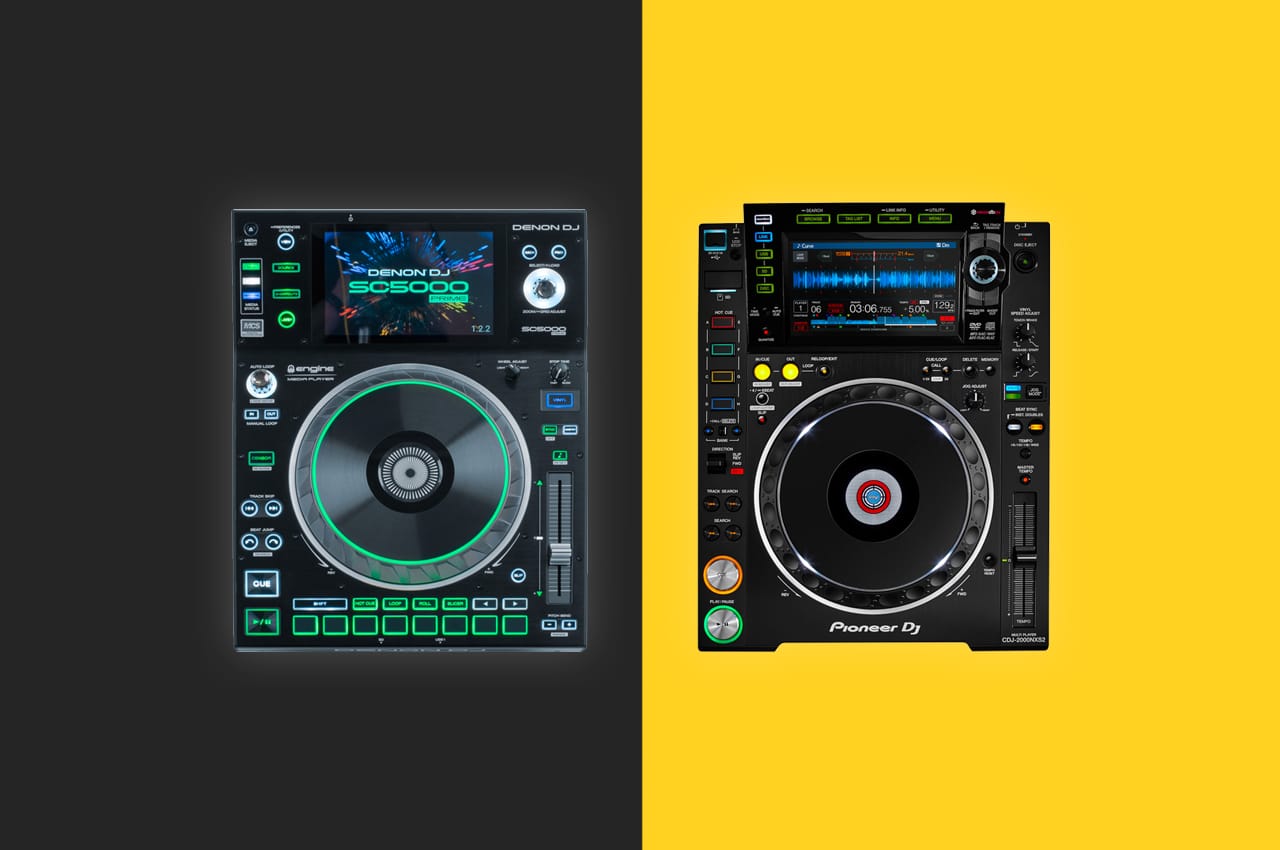
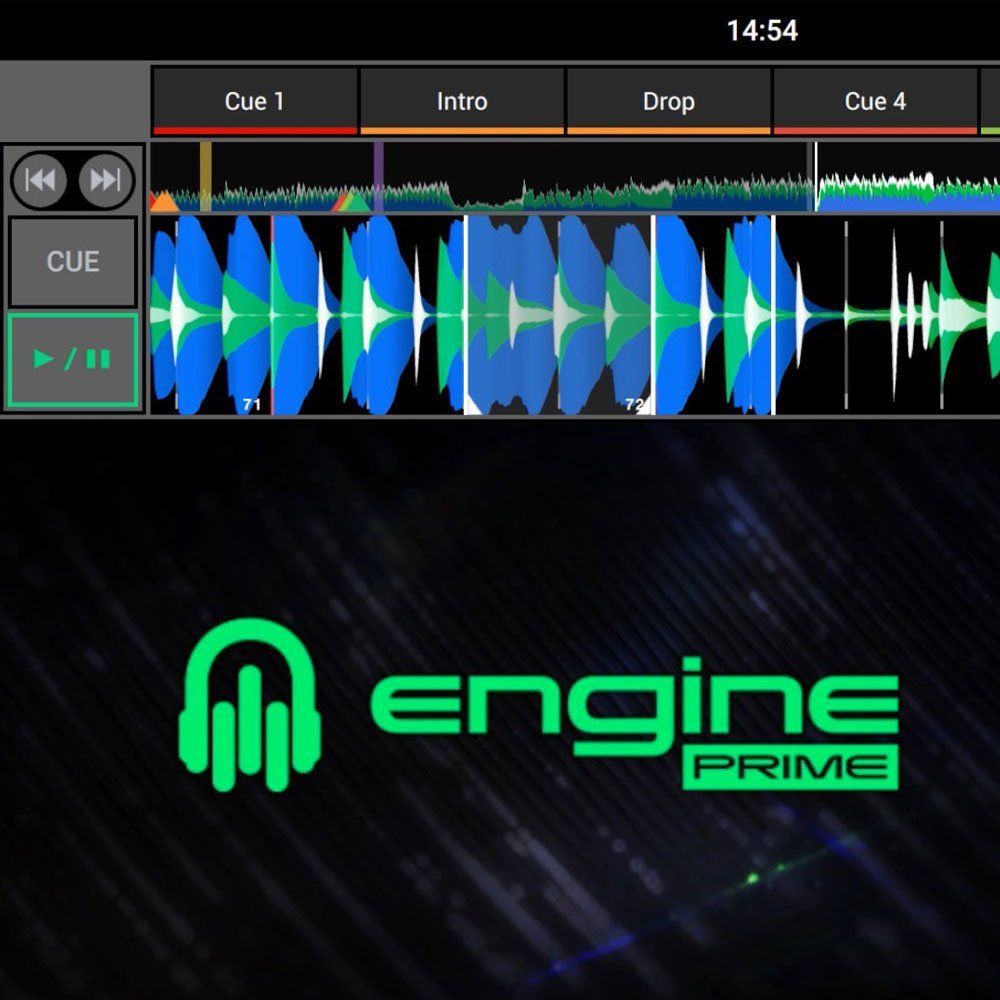
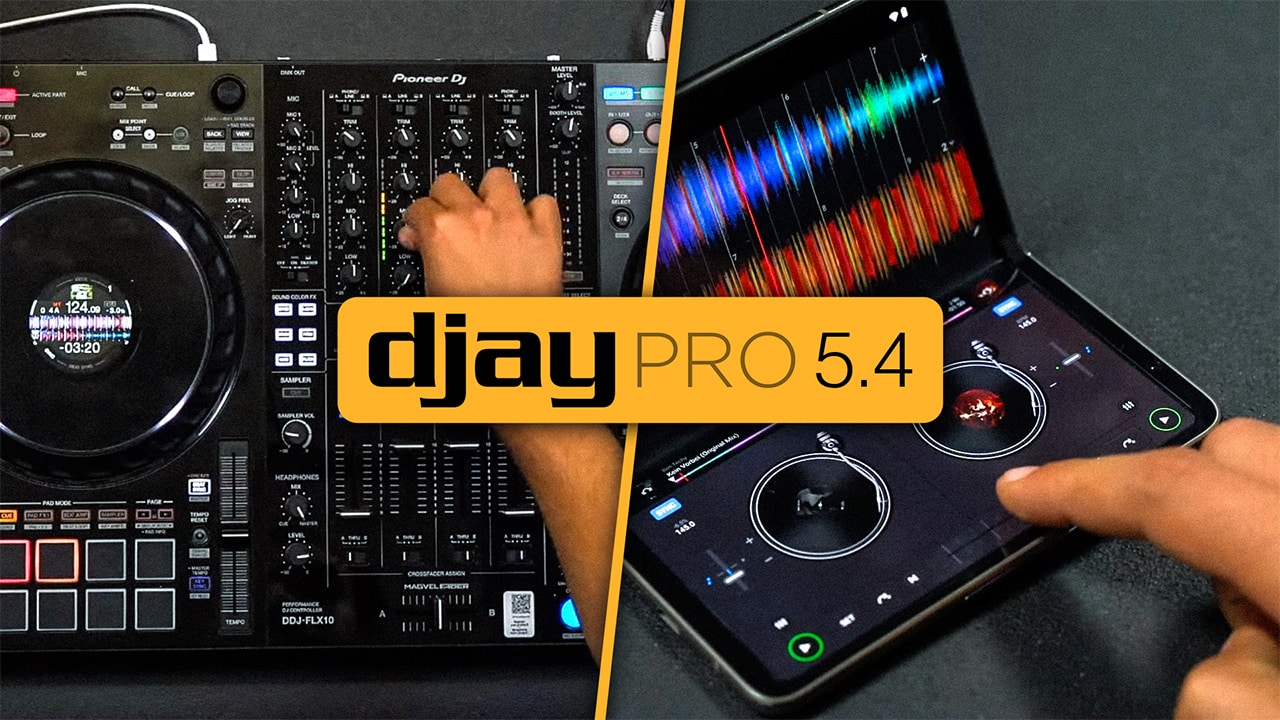

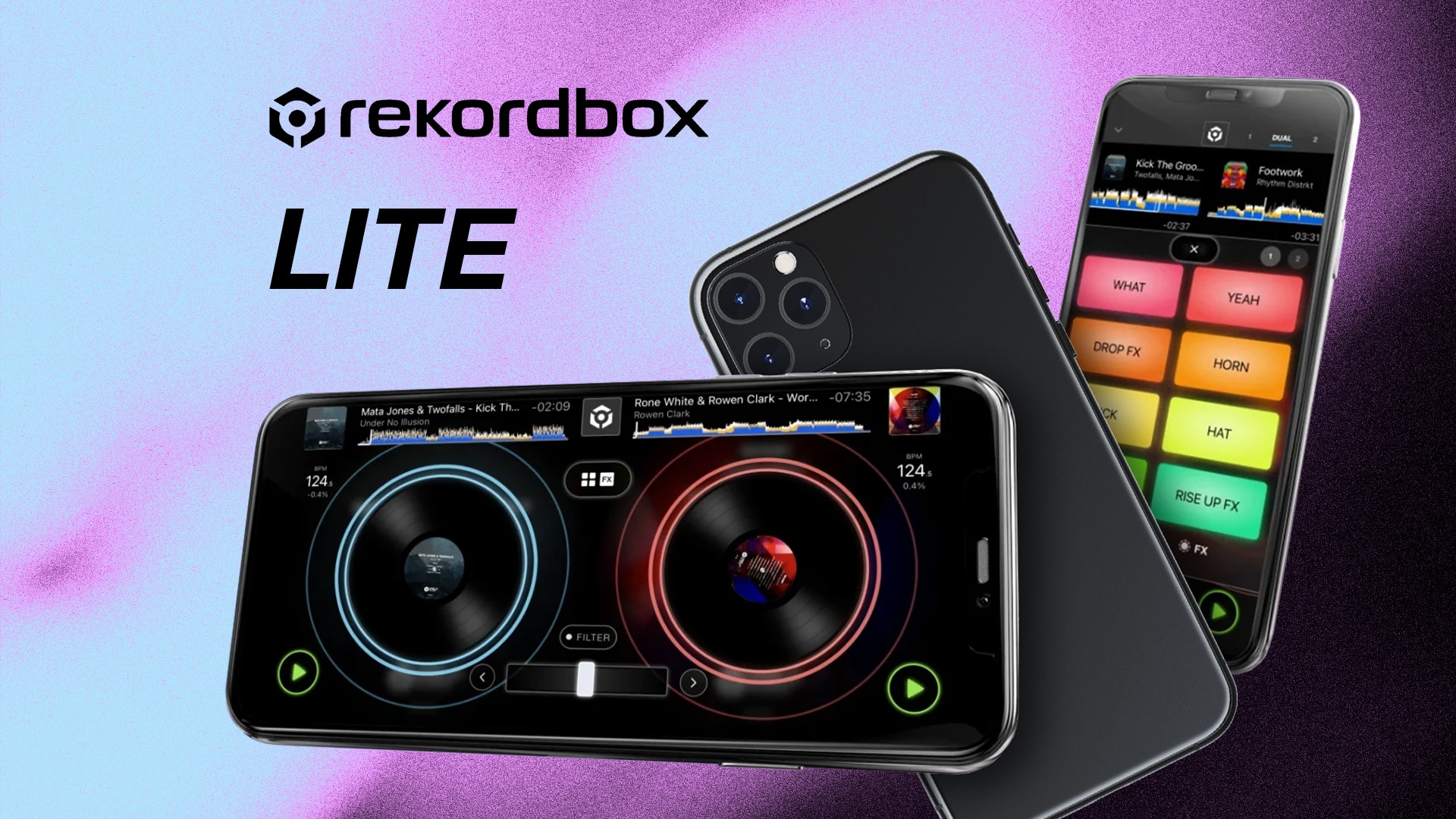

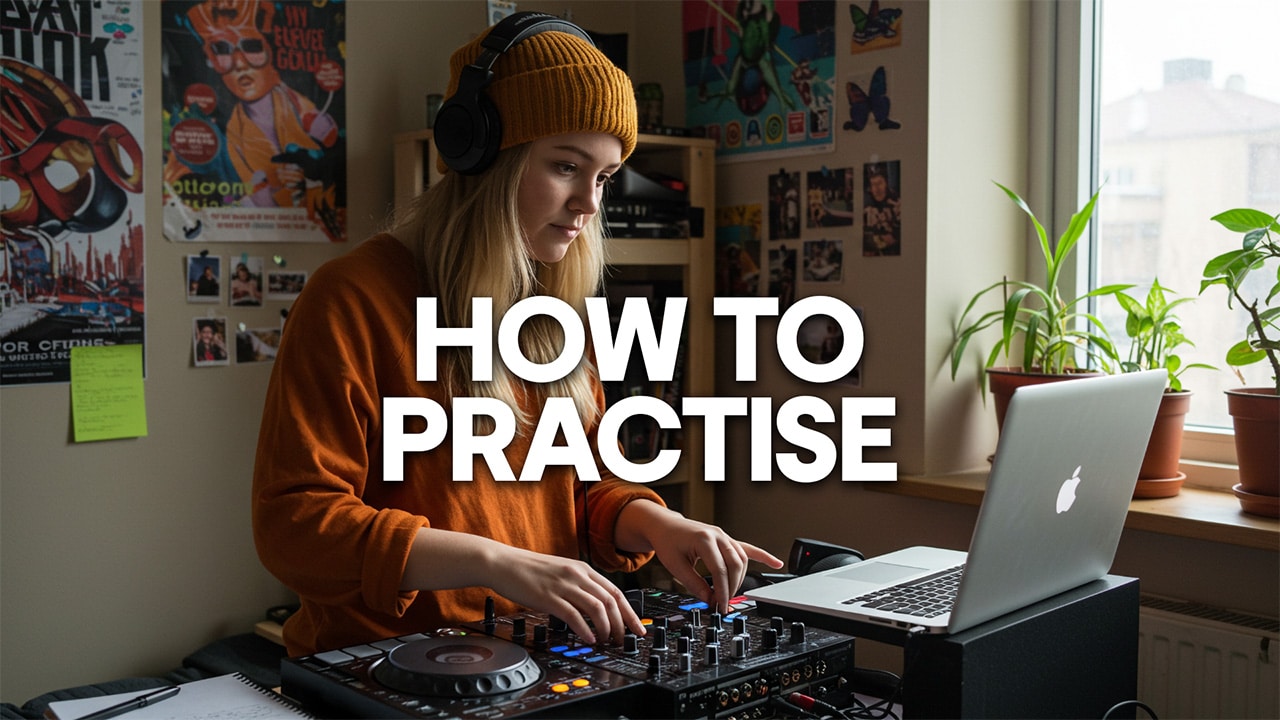
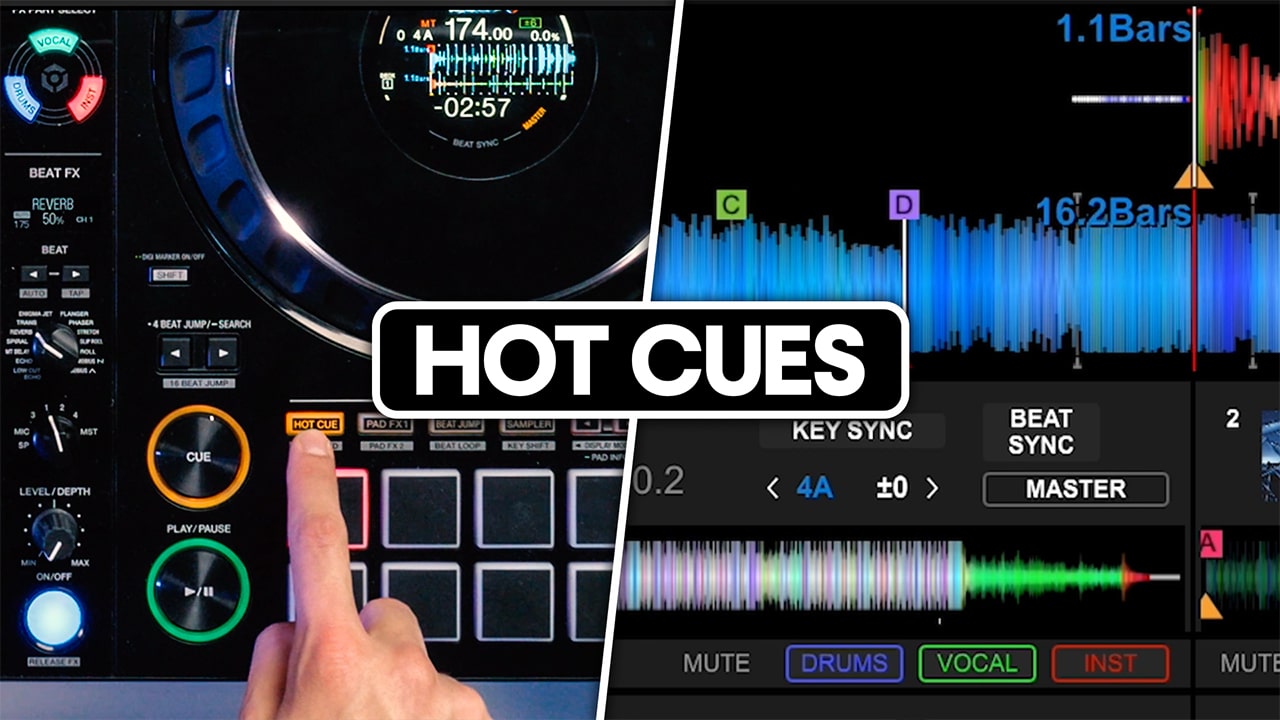
I’ve never heard Denon claim the VL-12 isn’t meant to compete with the 1200. Nonetheless, VL-12 is a disaster. Poor speed regulation, various apparent QA problems from unit to unit, and huge deadzones both in the middle and on the ends of the pitch slider that make it problematic for people DJing actual records (as opposed to DVS) with it.
Numark *became* a budget brand. It started out equivalent to Rane and Biamp/Advantage before it sold to the current owner. There were, however, a few times when Numark tried to regain their pro status, such as with the reboot of the Professional Products Division line.
Rekordbox analysis software is just as free as Engine Prime. Now, I don’t like this KUVO thing they now force on people in the newest versions of RB, but that doesn’t cost money. Only the DVS and controller versions of RB cost money. EP cannot do DVS or controller stuff.
While old Denon’s flagship stuff was state-of-the-art, I don’t know what you’re talking about on special class compliance. Pioneer is just as class compliant and up to international electrical standards as old Denon or new Denon. New Denon doesn’t even have the sound card on the players active 3 years after release. Pioneer’s CDJs with USB had that right out of the gate… hook them up to a computer, and you could play audio from them.
I own both Pioneer, old Denon, and new Denon. I can tell you that bashing the digital processing and D/A conversion of Pioneer indicates some serious ignorance of facts on your part. Other than comparing only the most extreme of use cases on the players (like -20% or greater and with keylock off), the new Denons have inferior baseline digital processing, worse power supplies, and lower durability than either Pioneer or old Denon. At best, their D/A conversion of the data fed to those chips (more on that in a moment) is essentially equivalent to that of Pioneer, and, yes, their keylock is excellent in extreme-use situations. However, Elastique is tacked on top of that poor baseline processing. New Denon even has problems with their jog wheels related to both having a perfect ground the system is connected to or not and even with the electrical contacts integrity in the spindle mechanism. The Prime players’ physical resistance dial also has problems. This is just the tip-of-the-iceberg on Prime. Out of the gate, you couldn’t even set a cue on an unanalyzed track on Prime and there was MASSIVE high frequency roll-off. There is still some roll-off and Prime playback comes with a whopping 100X the intermodulation distortion of Pioneer playback out a SPDIF to RMAA. If you sweep a tone on the Prime players, you see distortion harmonics generated that show in a spectrum analyzer that are tens of dB louder than a Pioneer. And even the X1800 does not sound as vibrant or as grain-free as the DJM900NXS2, but rather kind of dry, constrained, and weirdly-textured… even just comparing the SPDIF outs at 96khz.
Now, I have issues with Pioneer… I don’t like their jog bend deadzone, their 0.5 resolution on 100% range, or their lack of a pitch range between 16% and 100%… like, say, 32% (10+16 LEDs) with easy 0.1 increments their faders can already handle. Pioneer is also not particularly amenable to advice or recommendations as they’ve repeatedly demonstrated on their forum, such as being asked to make the jog bend deadzone optional and adding a 32% range. This is the main reason I’ve used so many brands in addition to Pioneer and why I stick with new Denon in spite of their problems. As for the hardware issues, we’re finding ways of living with them. I am even more hopeful on the software & processing front, however, because new Denon DJ is working on improving things, even if it has been a slow nearly 3 years on.
Now …. i’ve been playing on pioneers since cdj 500 . I tried all and I have to say pioneer is good , but denon has been always behind them until now . I think with the sc5000 they reached the quality and they went above in many things . Performance pads , display , software , hotcues , loops and many other things are actually better . I own now a set of sc5000s and I didn’t find any problem with these players yet . It is just perfect .
Denon has always been behind them? I hope you mean just Denon’s marketing..
4 example I didn’t need any kind service for my Denon players in last 7 years (only once – just to clean them after those years) but we did service our Pio gear couple of times a year..Buying Pio gear is such fuckin’ waste of money
Reliability: Denon
Build quality: Denon
Marketing: Pioneer
Profi gear: Denon
Mainstream overpriced gear: Pioneer
And now when you can use your RB library with Denon, there’s no more to talk about ^^
(sorry 4 mistakes, I’m not from an English-speaking country)
I’ve never heard Denon claim the VL-12 isn’t meant to compete with the 1200. Nonetheless, VL-12 is a disaster. Poor speed regulation, various apparent QA problems from unit to unit, and huge deadzones both in the middle and on the ends of the pitch slider that make it problematic for people DJing actual records (as opposed to DVS) with it.
Numark *became* a budget brand. It started out equivalent to Rane and Biamp/Advantage before it sold to the current owner. There were, however, a few times when Numark tried to regain their pro status, such as with the reboot of the Professional Products Division line.
Rekordbox analysis software is just as free as Engine Prime. Now, I don’t like this KUVO thing they now force on people in the newest versions of RB, but that doesn’t cost money. Only the DVS and controller versions of RB cost money. EP cannot do DVS or controller stuff.
While old Denon’s flagship stuff was state-of-the-art, I don’t know what you’re talking about on special class compliance. Pioneer is just as class compliant and up to international electrical standards as old Denon or new Denon. New Denon doesn’t even have the sound card on the players active 3 years after release. Pioneer’s CDJs with USB had that right out of the gate… hook them up to a computer, and you could play audio from them.
I own both Pioneer, old Denon, and new Denon. I can tell you that bashing the digital processing and D/A conversion of Pioneer indicates some serious ignorance of facts on your part. Other than comparing only the most extreme of use cases on the players (like -20% or greater and with keylock off), the new Denons have inferior baseline digital processing, worse power supplies, and lower durability than either Pioneer or old Denon. At best, their D/A conversion of the data fed to those chips (more on that in a moment) is essentially equivalent to that of Pioneer, and, yes, their keylock is excellent in extreme-use situations. However, Elastique is tacked on top of that poor baseline processing. New Denon even has problems with their jog wheels related to both having a perfect ground the system is connected to or not and even with the electrical contacts integrity in the spindle mechanism. The Prime players’ physical resistance dial also has problems. This is just the tip-of-the-iceberg on Prime. Out of the gate, you couldn’t even set a cue on an unanalyzed track on Prime and there was MASSIVE high frequency roll-off. There is still some roll-off and Prime playback comes with a whopping 100X the intermodulation distortion of Pioneer playback out a SPDIF to RMAA. If you sweep a tone on the Prime players, you see distortion harmonics generated that show in a spectrum analyzer that are tens of dB louder than a Pioneer. And even the X1800 does not sound as vibrant or as grain-free as the DJM900NXS2, but rather kind of dry, constrained, and weirdly-textured… even just comparing the SPDIF outs at 96khz.
Now, I have issues with Pioneer… I don’t like their jog bend deadzone, their 0.5 resolution on 100% range, or their lack of a pitch range between 16% and 100%… like, say, 32% (10+16 LEDs) with easy 0.1 increments their faders can already handle. Pioneer is also not particularly amenable to advice or recommendations as they’ve repeatedly demonstrated on their forum, such as being asked to make the jog bend deadzone optional and adding a 32% range. This is the main reason I’ve used so many brands in addition to Pioneer and why I stick with new Denon in spite of their problems. As for the hardware issues, we’re finding ways of living with them. I am even more hopeful on the software & processing front, however, because new Denon DJ is working on improving things, even if it has been a slow nearly 3 years on.
As an engineer who repairs all kinds of DJ equipment I can definitely confirm the Denon units are superior in every way. Since pioneer sold out to a company called KKR the build quality has plummeted, so much that people are even getting electric shocks when using DJM mixers because they often have no mains earth (unless powered by a low voltage supply or linear PSU, DJ mixers must have a mains earth to create a star point). Pioneer players suffer bad aliasing, jitter and non linearity due to poor D/A conversion. Now let’s move onto Denon.
One thing Denon have always done is used pro audio quality components in all of their manufacturing. This results in superior sound quality and much less failure rate. Denon did not advertise very well but in the last few years since being purchased by InMusic (who also own other top brands such as Akai and Rane whilst bringing budget brands like Numark upto pro audio spec) Denon have come a very long way. They legally are classed as industry standard as they are class compliant in all of their units (pioneer are not).
Another thing which earned Denon respect is they embrace the Technics turntable and know their VL12 is of no competition (pioneer failed with their cheap Hanpin plx1000)
So my advice is listen to us engineers and not ‘DJ salesmen’ as the only reason people will stick with pioneer now will be down to what’s known as the Stockholm Syndrome.
And Engine prime software is, and will always be completely free…. dont forget you will soon have the addition of industry standard stagelink for controlling light shows. Something pioneer will never be capable of.
Thanks for sharing your knowledge on this!
Interesting things that I didn’t knew about. I have some 900nxs for my bedroom and I dont know why… but I always felt that something was not real ok with this decks. The jogwheel that was always a standard for pioneer doesn’t feel like the same anymore.. And I had the 100s the 400s and the 1000mkII before. ” Since pioneer sold out to a company called KKR the build quality has plummeted, ” maybe that explain why.
The dual layer is nothing new guys!
Denon tried it with their last players the put out to compete with the CDJ 1000’s.
It’s a nice idea, but like you say- it can get a little confusing.
People are creatures of habit, and will generally use 3 units for 3 players as not to risk a mix going wrong.
Also, I think I read somewhere that Pioneer specifically manufactured the components to their player for quality reasons, whereas the Denon player is made up of generic components. To me, this difference in the R+D process of the Pioneer product is more thorough.I think this is reflected in the price difference.
Don’t get me wrong, if the Denon product was around when I bought my nxs2 kit, I would have had to have had a long hard think about which product to buy.